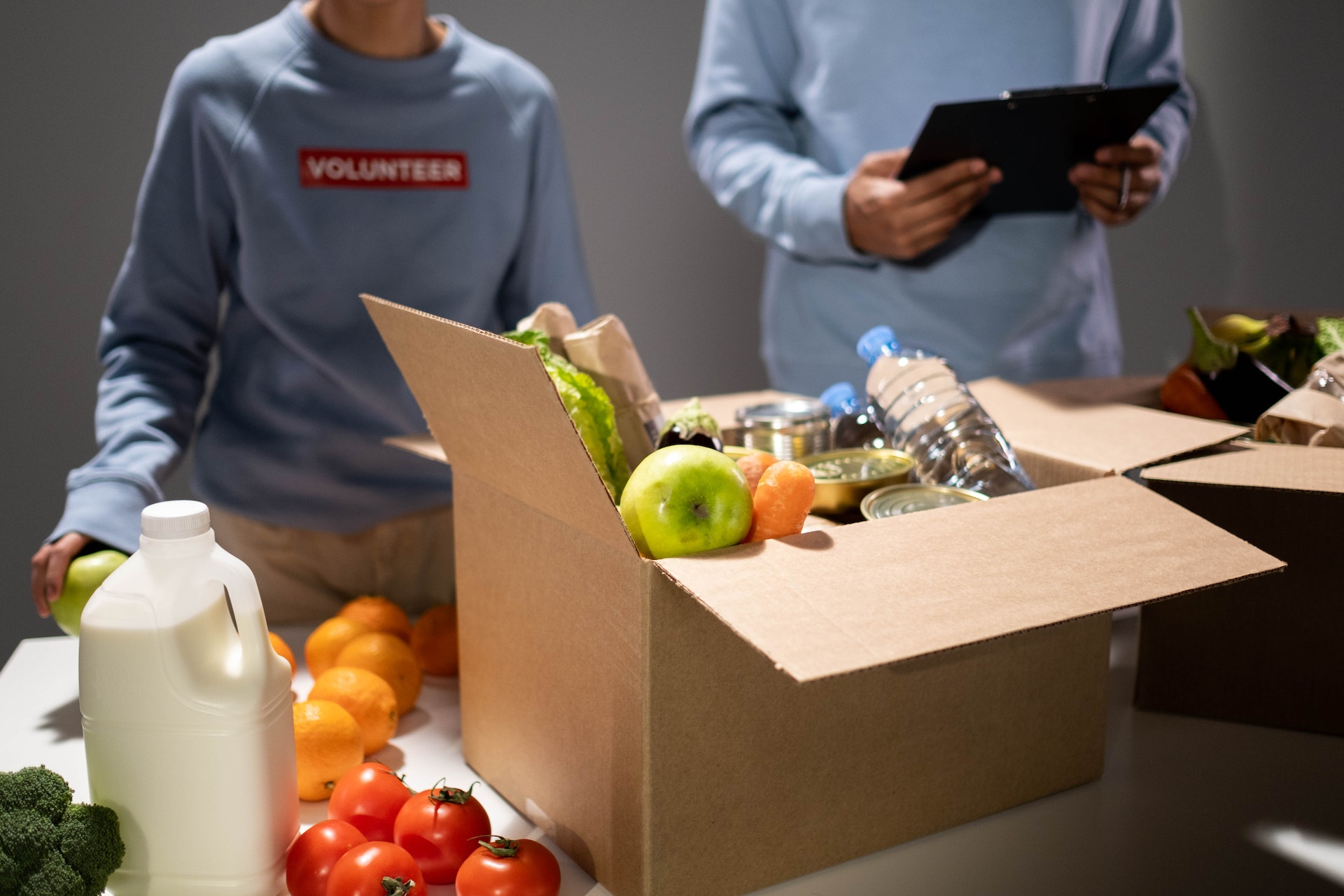In today’s world, where sustainability and environmental consciousness are becoming increasingly important, the need for eco-friendly packaging options is on the rise. Biodegradable packaging offers a promising solution, particularly in the food industry where packaging waste is a significant concern. This comprehensive guide aims to explore the concept of biodegradable packaging for food items, its benefits, and its impact on the environment. From understanding the importance of sustainable packaging to exploring various biodegradable materials and innovative solutions, this article will provide a thorough overview of the subject. Whether you are a food producer, retailer, or simply an eco-conscious consumer, this guide will equip you with the knowledge to make informed decisions regarding biodegradable packaging.
You should also take a look at these posts
Different Types of Biodegradable Food Packaging
Dispose of Biodegradable Food Packaging
Biodegradable Food Packaging Brands
Sustainable food packaging expert
Biodegradable Packaging Guidelines for food items

1. Understanding Biodegradable Packaging
To embark on our journey into biodegradable packaging, it is essential to establish a clear understanding of what it entails. This section will define biodegradable packaging and explain how it differs from traditional packaging materials. We will explore the concept of biodegradability, including the processes involved and the factors that influence the decomposition of packaging materials. By delving into the science behind biodegradation, readers will gain a solid foundation for comprehending the environmental impact of different packaging options.
2. The Importance of Biodegradable Packaging for Food
The food industry is a significant contributor to packaging waste, making the adoption of biodegradable alternatives crucial. This section will discuss the environmental challenges associated with conventional food packaging and emphasize the importance of transitioning to biodegradable options. It will highlight the benefits of biodegradable packaging for food items, including reduced landfill waste, decreased carbon footprint, and preservation of natural resources. By showcasing the positive impact of sustainable packaging practices, readers will gain a deeper understanding of why biodegradable packaging is vital for the food industry.
3. Biodegradable Packaging Materials
An essential aspect of biodegradable packaging is the materials used in its production. This section will delve into various biodegradable materials suitable for food packaging. It will explore plant-based options such as bioplastics, compostable materials, and natural fibers like bamboo and sugarcane. Each material will be examined in terms of its properties, biodegradability, and suitability for different food items. Additionally, the section will discuss certifications and standards that validate the biodegradability claims of packaging materials. Readers will gain insights into the diverse range of options available and how to make informed choices when selecting biodegradable packaging materials for their food products.
4. Innovations and Trends in Biodegradable Packaging
The field of biodegradable packaging is constantly evolving, driven by technological advancements and the need for more sustainable solutions. This section will highlight the latest innovations and trends in biodegradable food packaging. Topics of discussion will include advancements in bioplastics, the use of renewable and bio-based materials, compostable packaging solutions, and edible packaging options. By exploring emerging technologies and trends, readers will gain a glimpse into the future of biodegradable packaging and how it can revolutionize the food industry.
5. Implementing Biodegradable Packaging: Best Practices and Considerations

Transitioning to biodegradable packaging requires careful consideration and proper implementation. This section will provide practical guidance and best practices for incorporating biodegradable packaging into food businesses. It will cover aspects such as sourcing reliable suppliers, ensuring compatibility with existing packaging processes, communicating the sustainability benefits to consumers, and navigating regulatory requirements. By addressing implementation challenges and providing actionable advice, readers will be better equipped to integrate biodegradable packaging effectively.
Conclusion
Biodegradable packaging offers a sustainable alternative to conventional packaging materials, particularly in the food industry. This comprehensive guide has explored the concept of biodegradable packaging, emphasizing its importance and impact on the environment. By understanding biodegradable packaging materials, exploring innovations and trends, and considering best practices for implementation, individuals and businesses can contribute to a greener future. Embracing biodegradable packaging for food items is not only an eco-conscious choice but also a step towards minimizing waste and preserving our planet’s resources. Let us strive to make sustainable choices and embrace the potential of biodegradable packaging in the food industry.
